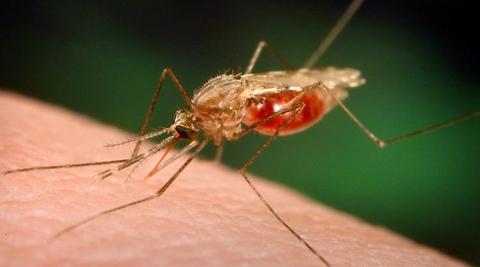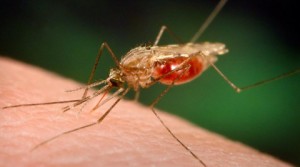The government India and global development agencies launch a programme to eliminate malaria in 11 years from the whole world.
Key Highlights
- The malaria elimination program is framed under three categories which is decided by the number of cases annually occurred.
- Malaria elimination is defined as a situation where a given area – district or state – records no indigenous transmission of Plasmodium vivax and Plasmodium
 falciparum, the two parasites responsible for the disease. Once all districts achieve that, a country is said to have eliminated malaria.
falciparum, the two parasites responsible for the disease. Once all districts achieve that, a country is said to have eliminated malaria. - In category-1 states should have one of annual parasite incidence (API) at both state and district levels.
- In category-2 are states where overall API is less than one but in some districts it is more than one.
- Under the category – 3 states where API is more than one at both state and district levels.
- Category-1 states includes Goa, Haryana, Himachal Pradesh, Jammu and Kashmir, Kerala, Manipur, Punjab, Rajasthan, Sikkim, Uttarakhand, Chandigarh, Daman and Diu, Delhi, Lakshadweep, and Puducherry.
- Category-2 states are Nagaland, Gujarat, Andhra Pradesh, Assam, Bihar, Karnataka, Maharashtra, Tamil Nadu, Telangana, UP and West Bengal.
- Category-3 includes Madhya Pradesh, Chhattisgarh, Arunachal Pradesh, Meghalaya, Mizoram, Odisha, Tripura, Andaman and Nicobar Islands, and Dadra and Nagar Haveli
About Malaria
- Malaria is a mosquito-borne infectious disease of humans and other animals caused by parasitic protozoans which belonging to the Plasmodium type.
- Symptoms of malaria includefever, fatigue, vomiting, and headaches.
- Malaria usually begins ten to fifteen days after being bitten.
- There is no vaccine for malaria
- It can be prevented only by medications, mosquito elimination and the prevention of bites.
- WHO target : 2030
AffairsCloud Recommends Oliveboard Mock Test
AffairsCloud Ebook - Support Us to Grow
Govt Jobs by Category
Bank Jobs Notification



 falciparum, the two parasites responsible for the disease. Once all districts achieve that, a country is said to have eliminated malaria.
falciparum, the two parasites responsible for the disease. Once all districts achieve that, a country is said to have eliminated malaria.

